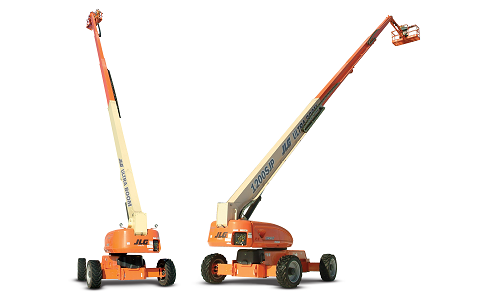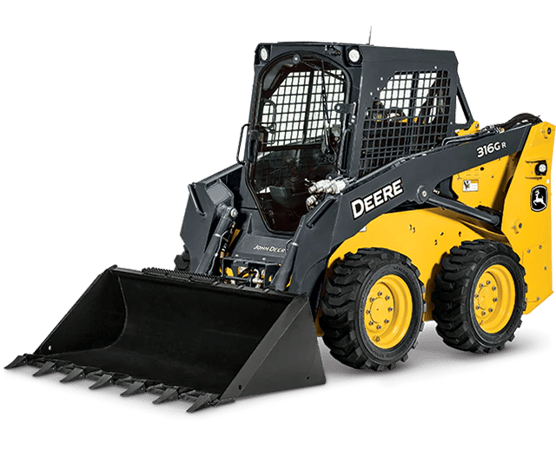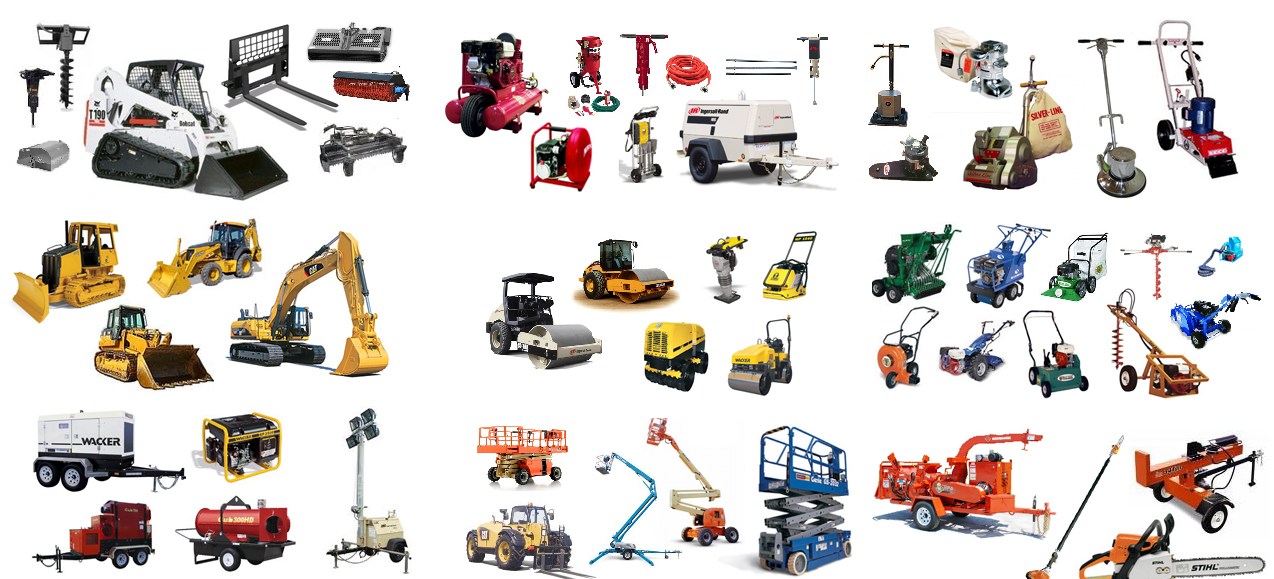Boom Lift Rental: Economical and Reputable Lifts for Any Job
Boom Lift Rental: Economical and Reputable Lifts for Any Job
Blog Article
Optimize Your Budget by Understanding the Prices Linked With Building Equipment Services
Understanding the complete scope of expenses connected with construction devices leasings is crucial for optimizing your budget plan. While the preliminary rental cost may appear simple, numerous extra costs-- such as transportation, fuel additional charges, and upkeep-- can quickly accumulate, affecting your financial planning. Being aware of numerous fees and the intricacies of rental agreements can assist avoid unforeseen monetary burdens. What approaches can be used to effectively manage these costs and make sure a more efficient rental experience?
Review of Rental Expenses
When taking into consideration building equipment leasings, understanding the linked prices is extremely important for effective budgeting and project planning. Rental costs can vary significantly based upon numerous factors, including devices type, period of leasing, and place. The initial rental cost commonly mirrors the tools's market demand and its associated operational capacities, affecting the total cost.
In addition to the base rental rate, secondary prices might emerge, such as transportation charges, gas additional charges, and upkeep charges. It is necessary to account for these additional expenses to accurately examine the total expense of leasing devices. The rental duration can influence pricing; longer services may qualify for discounted prices, while short-term services might incur greater daily fees.

Breakdown of Rental Rates
A thorough understanding of rental rates is crucial for service providers and task managers aiming to optimize their spending plans. Rental rates for building and construction equipment normally contain numerous components, consisting of base rates, time-based charges, and use costs.
Base prices are the core costs connected with the service of the tools, typically identified by the type and dimension of the equipment. These prices can differ substantially, affected by aspects such as tools demand, availability, and local market fads. Time-based fees, which may be daily, weekly, or monthly, offer to fit different project timelines and rental durations.
Additionally, rental prices might include usage fees, which apply when equipment is made use of past a specified limit, making sure that the rental company can account for deterioration. Seasonal demand fluctuations can likewise influence rental rates, with peak construction periods commonly commanding higher rates.
Additionally, understanding the rental business's plans relating to maintenance and insurance can offer further understanding into the total expense framework. By analyzing these parts, service providers can make informed decisions, ensuring the selection of rental tools aligns with both task needs and budget plan restrictions.
Extra Fees to Think About
Recognizing the intricacies of added fees is important for contractors to manage their overall rental expenditures properly. Past the conventional rental prices, different supplementary charges can substantially affect the overall price of equipment service. These charges usually consist of shipment and pick-up charges, which can differ based on distance and logistics included in delivering the devices to and from the task site.
Moreover, some rental firms might impose fuel additional charges if the tools is returned with less fuel than when rented out. It is additionally important to recognize prospective cleaning costs, especially for specialized equipment that calls for complete upkeep after use.

Thoroughly assessing the rental contract and clearing up these additional costs in advance can aid specialists avoid unanticipated expenses and make certain that spending plans remain undamaged throughout the project lifecycle.
Maintenance and Fixing Costs
Normal maintenance and repair service costs are usually ignored variables that can substantially affect the overall expense of construction devices rentals. When leasing tools, it is essential to take into consideration Recommended Reading not only the rental charges yet also the prospective prices related to keeping the machinery in ideal operating problem.
Many rental companies include standard upkeep as component of the rental agreement; nevertheless, a lot more considerable repairs or unforeseen malfunctions can cause extra expenditures. It's important to evaluate the rental contract thoroughly to comprehend what maintenance services are covered and what obligations fall on the tenant.
Additionally, devices that is not well-kept can cause inadequacies on the work website, possibly raising and causing delays project prices. To minimize these threats, it is suggested to perform normal assessments and preserve open communication with the rental company relating to any type of issues that arise throughout usage.
Insurance Coverage and Obligation Expenses
Insurance and responsibility prices are important elements that can considerably impact the total cost of construction equipment services (heavy equipment rental). These prices guarantee that both the rental company and the customer are safeguarded from potential monetary losses occurring from crashes, damage, or burglary during the rental period

In addition, clients need to know any kind of deductibles or exclusions in the insurance plan, as these can affect possible out-of-pocket expenses. Comprehending the terms and conditions of any type of insurance protection is vital to avoid unanticipated costs. Inevitably, budgeting for insurance and liability costs can aid guarantee a smoother rental experience and shield versus financial threats related to building and construction jobs.
Final Thought
To conclude, a detailed understanding of the prices connected with construction equipment rentals is heavy duty crane necessary for reliable spending plan monitoring. By analyzing rental rates, additional charges, maintenance costs, and insurance coverage companies, people and needs can decrease unanticipated expenses. This calculated technique not just improves cost-effectiveness however also ensures that projects proceed efficiently and successfully. Eventually, notified decision-making concerning equipment rentals adds to the total success of building ventures.
Rental costs can differ substantially based on a number of factors, consisting of equipment kind, duration of service, and place (equipment rental company). The rental duration can impact rates; longer rentals might qualify for reduced rates, while short-term services may sustain higher everyday charges
By carrying out extensive study and engaging with reputable rental business, contractors can successfully browse the try this complexities of rental prices, ultimately maximizing their economic sources.
Past the conventional rental rates, different additional fees can substantially influence the complete cost of tools service. Rental business frequently provide obligation insurance that covers injuries to 3rd parties or damage to building, while equipment damages insurance policy can cover the expense of repair services or substitute if the leased equipment is damaged.
Report this page